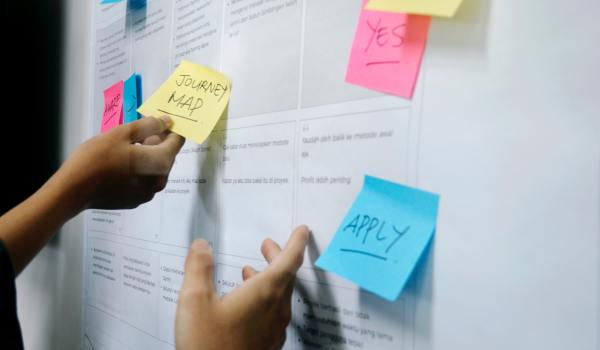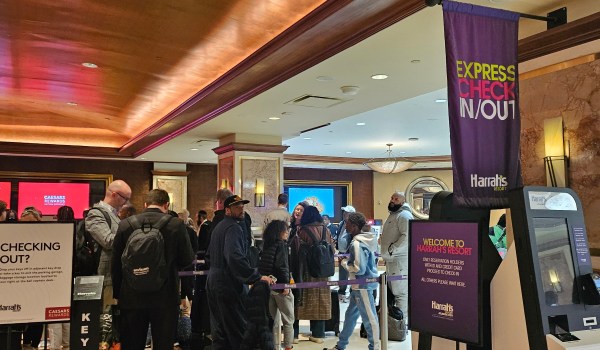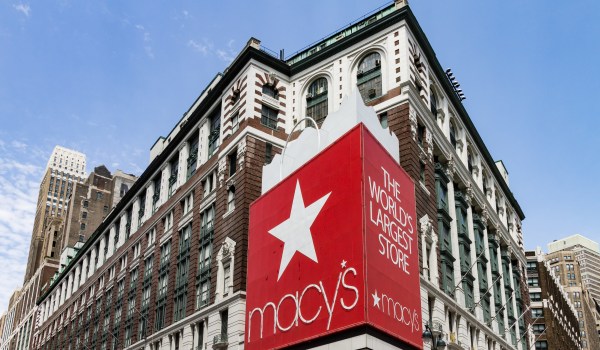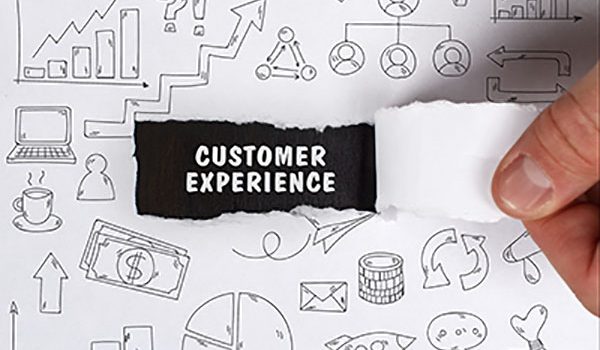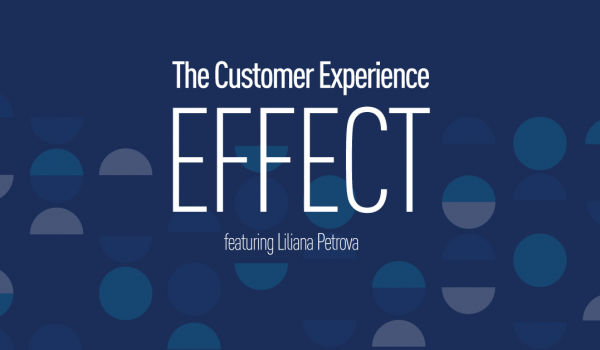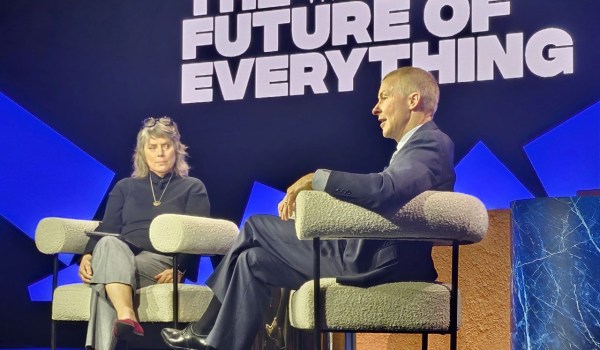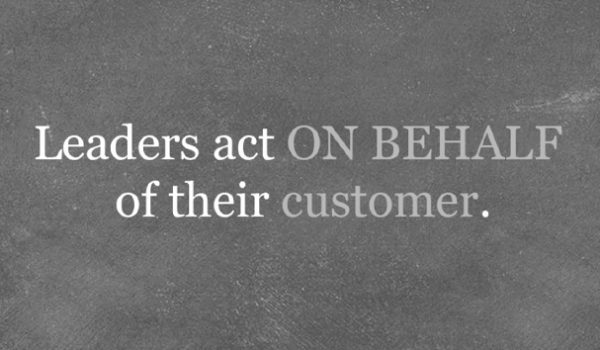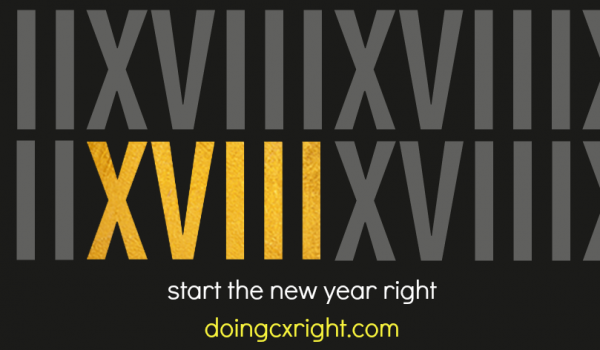
The ROI of Customer Experience
Knowing the ROI of customer experience helps to fund CX projects and make intelligent investments in customer experience. But a deeper examination into the question about CX return on investment gets to the heart of what customer experience means for your business, your customers, and your employees.
When we look closely at the impact of customer experience across an organization, we see that it improves operational efficiencies, enhances employee experiences, generates loyalty, accelerates intelligent technology adoption, and enables price premiums.
Why does customer experience have this level of impact? Because, when done correctly, CX touches every aspect of your business, from the inside out.
Inside the ROI of Customer Experience
If your organization promises to deliver exceptional experiences to your customers – the kind of experiences that generate loyalty and lead to growth – then you need to zero in on what you must do to deliver those experiences. Through this engaged, thorough process, you encounter operational inefficiencies, roots of employee attrition, underperforming technology solutions, and other deterrents to positive growth that compromise your overall investment in your business.
Conversely, in building sustainable customer experience programs, and an effective, purpose-driven organizational culture, you set yourself on the path to seamless, cross-functional processes and procedures, employee retention, and technology as a competitive advantage. Simply put, investments in CX lead to revenue growth.
You see a higher return because CX investments, and the commitments that accompany them, take your experiences from good to great. This builds trust and engagement that increase your growth potential, improve your operation, and strengthen your position in the market.
Firms of Endearment
The case for the ROI of customer experience is not new. Nor is it based on feelings, or purely qualitative analysis. The book, Firms of Endearment: How World-Class Companies Profit from Passion and Purpose, by researchers Rajendra Sisodia, David Wolfe, and Jagdish N. Sheth, provides eye-opening quantitative analysis of the impact of customer experience on an organization’s financials.
To study the impact of customer experience on ROI, Sisodia, Wolfe, and Sheth identified a list of companies, including FedEx and Starbucks, that fit their criteria for “Firms of Endearment.” These companies were defined by their “humanistic performance,” and the ways they were “meeting the needs of stakeholders other than shareholders,” namely customers and their communities. They were companies that had powerful levels of customer loyalty; the “companies you love.”
Researchers looked at customer loyalty (a strong indicator of the ROI of customer experience), employee turnover rates, and community perception of the company among other criteria. According to the criteria, researchers found sixty companies that were “Firms of Endearment.” Driven by human-centered standards, these companies “returned 1,026% for investors over ten years ending in June 30, 2006, compared to 122% for the S&P 500.”
That ROI figure firmly places customer experience in the need-to-have, rather than nice-to-have category. And it is an important one to have at the ready when funding CX projects or making the business case for the employee experiences that fuel consistent, exceptional customer experiences.
CX Initiatives Drive Operational Improvements
To evaluate the ROI of customer experience, consider why CX matters to the COO. From the COO perspective, what is the impact of customer experience on the internal operation, and what confirms the value of the investment? The answer to this is more layered than you might imagine. One thing we see, time and again, with our clients, is that the process of designing and implementing CX initiatives exposes organizational inefficiencies.
Without fail, we are able to uncover critical inefficiencies in an organization when we embark on a CX project. And this is by design. When you perform a customer experience exercise, one of the first steps is to go through all the processes and procedures that ultimately effect the customer’s experience with – and perception of – your brand.
Good customer experience is an indication of seamless, efficient processes and procedures. It is an indication, also, that employees are able to implement the right technologies, in the right ways, at the right times. And that the organization has a continuous, meaningful improvements process in place that benefits not only the customers, but the employees who deliver experiences to those customers.
In examining these process and procedure benchmarks, we’re back to the positive impact of customer experience investments on employee experience outcomes. Beyond the cost savings that improvements to operational efficiencies yield, when internal processes are seamless, and employees are trained to work collaboratively across departments, silos break down. As a result, employees are happier because they can do their jobs and hit their goals more easily, in a more positive, productive environment.
The Internal Experience – External Experience Connection
You cannot do external customer experience without doing the internal employee experience. Often, when we talk about customer experience, we refer to the visibility line. Let’s use the duck on water analogy. When you look at a duck, it appears he is gliding across the water effortlessly. That is the piece of CX your customer sees.
Below the water, as we know, the duck is paddling his feet furiously to create the calm, effortlessness we observe from above. That furious (dare we say relentless?) paddling is your employee experience. It is the investments in strategy, culture, processes and procedures, training, and technology, that happen below the sightlines to create the customer experiences that drive engagement and loyalty.
It would be a mistake to look only at the duck above water when examining the value of customer experience investments. Many growth drivers happen from investments in employee experience, even when those employee experience investments are aimed driven by customer experience objectives. These improvements include employee retention, particularly the retention of the most talented, goal-oriented employees.
Talent retention spurs growth, contributes to scalability, and helps future-proof your organization.
Technology and the ROI of Customer Experience
The future is coming fast. Right now, the battlefield is in technology. This is the reality we see with every one of our clients. Every company needs technology that is seamless and easy to use by employees and customers.
Optimal technology connects your employees to each other and to your customers. It supports customer-driven solutions that make customer interactions with your product, service, and people a driver of good customer experience, rather than a risk to trust and loyalty.
Too often, technology is the weakest link inside organizations and outside organizations in the form of customer-facing technology tools. If that is an issue your business faces, resolve it now.
Remember, it is your role as the leader to empower your employees. You do that by creating purpose-driven cultures, offering workplaces that promote both productivity and wellness, and training employees to serve customers with autonomy and impact.
But, you also empower your employees with the technology you provide them. In the battlefield of technology, the people are only as powerful as the technology you give them to serve your customers.
ROI of Customer Experience: Customer Loyalty
When a customer has a positive experience with your brand, that customer trusts you. Trust breeds customer loyalty. That much is obvious. Generally, it also seems obvious that customer loyalty (along with customer satisfaction scores and NPS), demonstrates the value of investments in customer experience initiatives and CX programs.
You might not have considered this dimension of customer loyalty and its impact on ROI: the more customers trust you, the more they are willing to take you with them as they grow. For B2B organizations, in particular, it is important to think about both ends of scalability: yours and your customer’s.
Investing in exceptional customer experiences early in your relationship with customers (and early in the life of your own business), sets the stage for you and your customer to scale together. And to reap the benefits of that growth mutually.
Price Premiums
Your customers’ willingness to grow with you indicates they value your brand experience. There is a premium on value. Exceptional customer experiences enable you to charge more for products and services. In fact, a recent PwC report on customer experience reveals customers are willing to spend 14% more for a hotel stay, 16% more for a cup of coffee, and 10% more for an airline ticket if a company “provides a great customer experience.”
Keep in mind, price premium is not arbitrary. Higher prices also reflect what it takes to produce those “great” customer experiences (the duck below the water). These include internal efficiencies, employee engagement by talented, well-trained team members, and customer-centric technology solutions that improve employee and customer experience.
Think about FedEx (one of the Firms of Endearment) as an example. Long ago, we called out FedEx for a “customer experience fail.” Since then, the company has engaged in many improvements. FedEx self service platforms resolve multiple customer issues and make using their service more convenient for individuals and business owners. To offer self service, the company needed to make significant customer experience and technology investments. As a result, they can charge their customer more, because they are providing more.
Maximize Customer Experience ROI
The Petrova Experience works directly with internal leadership to make the business case for customer experience that is the most meaningful for your objectives and environment. We help sell customer experience investments internally to acquire necessary funding for CX strategy, customer experience designs and programs, as well as the culture work that improves employee experience and creates the backbone of CX.
We also evaluate your internal processes and procedures to root out where your experience breaks down. Remember, when the customer experience is not working the way it was designed to work (or the way you need it to work), it is not the first line of defense that is usually the problem. It is what’s happening under the surface of the water.
Our experts dive deep to resolve inefficiencies, improve employee experience, and create exceptional experiences for your customers that deliver the most value for your brand.
Are you ready to maximize your investment in customer experience?












